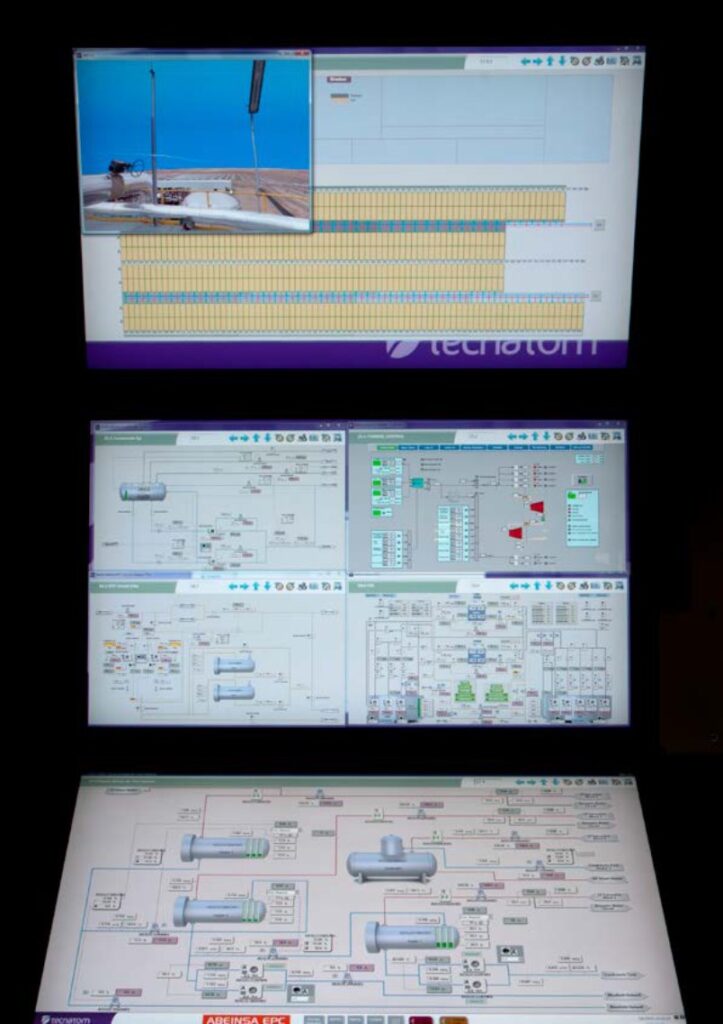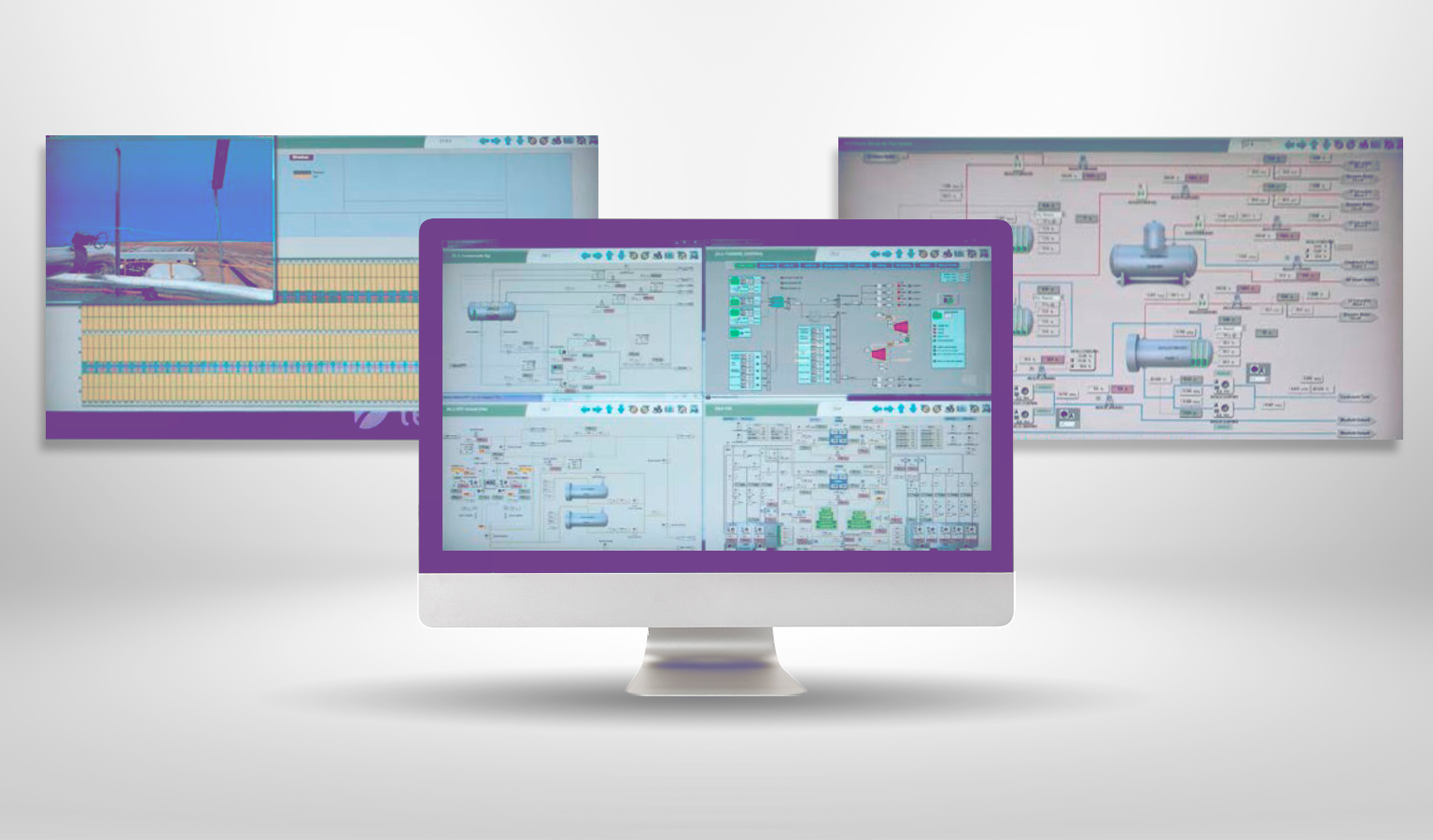Thanks to its dispatchability, thermal-solar or concentrated solar power may play a key role in an electricity generation market dominated by renewable energy sources: it can be used as a back-up to the system as it allows energy to be stored during the day in the form of heat in tanks of thermal salts and released on demand to generate electricity. However, the complexity of these CSP installations may limit the profitability and competitiveness and even the viability of this type of projects.
Best practices in CSP: an NREL study
The National Renewable Energy Laboratory (NREL) has performed a study and compilation of Concentrating Solar Power Best Practices with a view to providing support for the optimum development of new projects. According to this study, the capital expenses (CAPEX) of thermal-solar plants is decreasing across the world and this trend is expected to continue. Thus, O&M expenses (OPEX) represents a growing percentage of total costs. The application of these practical improvements in design, construction, start-up and O&M is critical both to boost the short-term implementation of thermal-solar technology and for the long-term reduction of its LCOE (Levelized COst of Electricity).
Analysis of this NREL study allows us to explain how a simulator can contribute to these practical improvements and, therefore, optimise the results of the installations in terms of economy, safety and reliability throughout their entire life cycles. At Tecnatom we have wide experience of the development of concentrated solar power simulators based on different technologies, and the benefits referred to above have been verified by our clients.

The simulator as an engineering tool
The use of an engineering simulator, from the project development and facility design phase, allows for early refinement, anticipating problems and unforeseen circumstances. This contribution is materialised from the point of view of both the performance of the different elements and their interrelationships, since generally speaking CSP plants are divided into components and sub-systems with independent designs and suppliers. Their integration is a delicate process which, if not carried out correctly, may cause reliability and performance problems.
NREL recommends the development of performance models from the development phase onwards accurately replicating the plant transient timing and behaviour models considered for plant equipment start-up. Furthermore, these models are used in evaluating performance guarantees, for the monitoring of O&M and the analysis of plant performance.
The study also underlines the need to apply design review strategies to guarantee compliance with the requirements, including the codes and standards applicable to the project. Furthermore, these reviews must determine whether the proposed design will be fully functional and capable of being suitably maintained. Simulation is an economical and reliable way of carrying out design reviews, especially if performed at an early stage, minimising the impact on purchases of equipment or construction tasks, which may be readjusted or rejected during the review process.
Another aspect stressed by analysis is the need to orientate the design of the facility towards transients and partial loads, as well as to total capacity. The plant should be capable of responding to operating conditions outside the design margins and of recovering from these excursions, as well as of taking into account cyclical loads and transients, the impact of the weather, equipment failures, trips, load dispatch office requirements, etc. Simulation allows all these criteria to be taken into account, assessing the impact on the design of the plant, the control logic and the operating limits of the equipment, without compromising the integrity of any of them.
Finally, it should be pointed out that once there is a simulator replicating the behaviour of the plant, the performance of simulation-assisted engineering analyses is a very valuable tool for process optimisation or to provide support for design modifications throughout the life time of the facility.
Commissioning time and cost
During the commissioning phase, it is necessary to verify, inspect and test all the operational components of the project. Performing a virtual start-up by means of a simulator is a good practice that allows commissioning times and costs to be reduced by minimising unforeseen circumstances at the plant and, especially, by mitigating possible impacts on the equipment.
NREL recommends that validations be performed during commissioning in all possible equipment and system operating modes and transients. In this respect, simulation provides great versatility and also offers the possibility of making adjustments in DCS programming and O&M procedures.
The development of operating procedures is precisely another of the aspects underlined in the report and in which the use of simulation may have a major positive impact. Detailed O&M procedures must be developed and approved prior to start-up. As it integrates all the plant systems, the simulator is a valuable tool supporting the development and validation of accurate and reliable procedures.
Finally, the study stresses the critical importance of integrating a previously trained O&M team in commissioning. This team should be able to operate the systems as they are completed and fully understand the start-up and operation of the plant from commissioning onwards. Simulation is the best user training tool: it replicates the performance of the specific facility, its design is refined and evolves along with the plant, it provides from a general and interconnected view of the systems to the details of specific items of equipment and shows a wide spectrum of ranges and operating conditions. It is a tool that may be used by the EPC team and be transferred to the operator as part of the generating assets.
From the engineering simulator to the training simulator
The evolution of an engineering simulator to a training simulator is a natural process that allows full advantage to be taken of existing developments. As has been pointed out above, personnel training is a relevant issue from the initial commissioning phase and is the best tool to support decision-making and improve the efficiency, safety and availability of the plant.
According to this analysis, rigorous training and qualification processes are especially important in the transition from start-up to O&M. Evidence points to the fact that a lack of operating experience and of adherence to procedures may cause incidents and damage to important items of equipment (such as heat exchangers), leading to non-scheduled outages. The NREL identifies simulators as a valuable means for training and familiarisation with plant procedures and operations and as an area offering great potential for development in the thermal-solar sector.
The study underlines the continuous training of the operators during the commercial operation of the facility as being essential, with simulator training necessary to acquire and demonstrate the capacities required to operate the plant in an economic and safe manner under all operating conditions.
Finally, the coupling of the simulator with other technologies or disciplines, such as monitoring, data analysis, computerised procedures or virtual reality/augmented reality (VR/AR), allows real smartplants and/or digital twins to be obtained.






